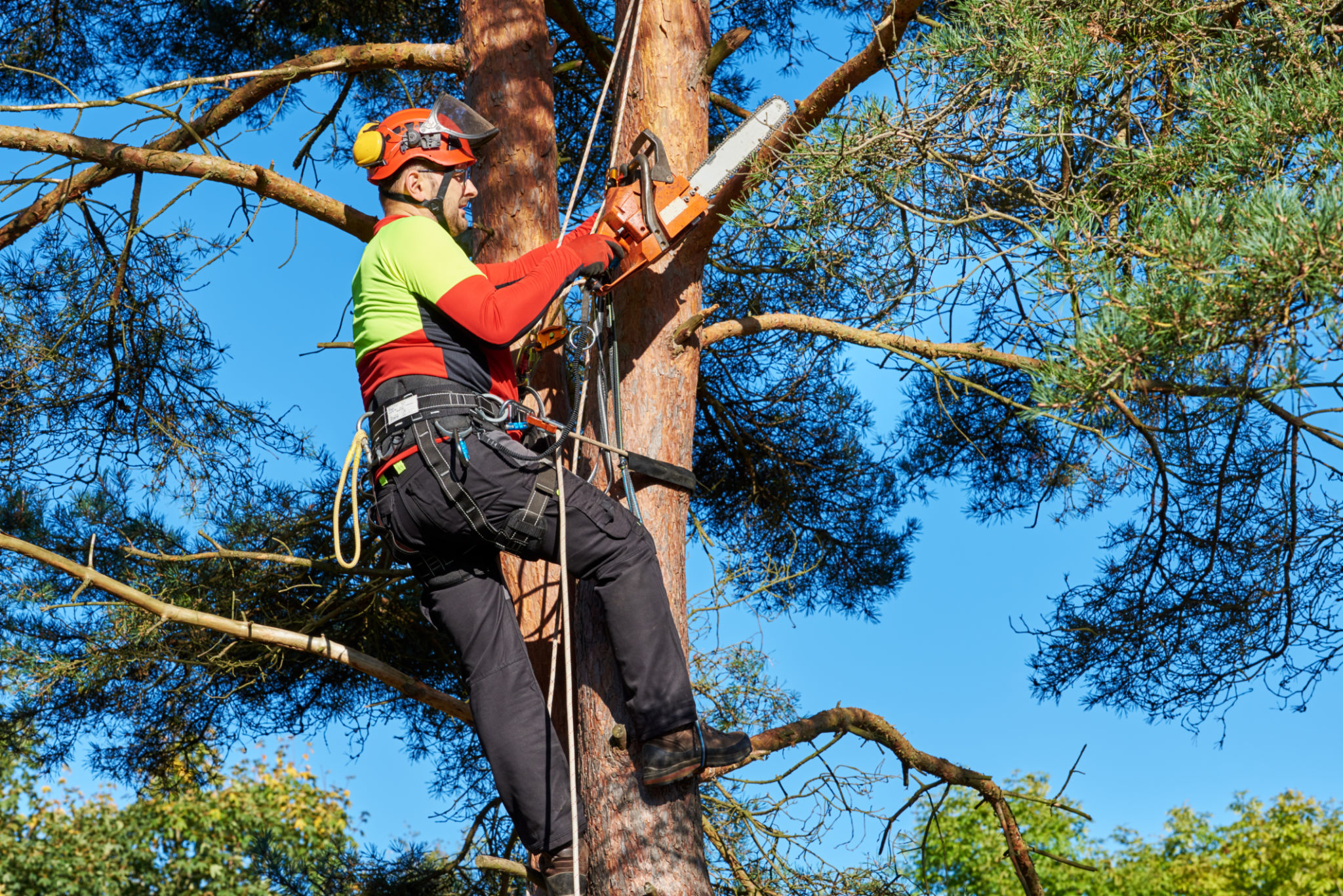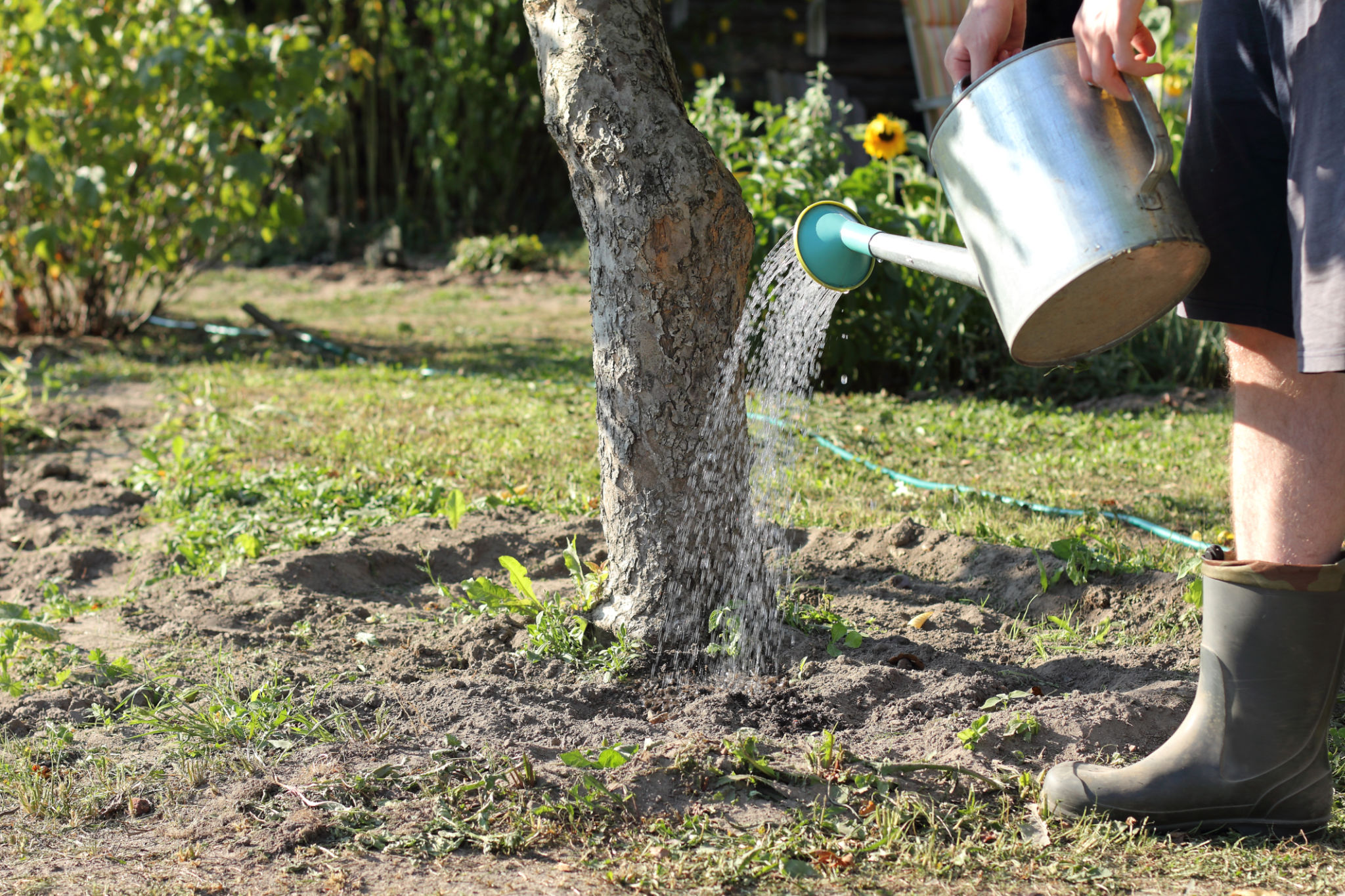DIY Tree Care Tips: When to Call in the Professionals
Understanding the Basics of DIY Tree Care
Trees are a beautiful and vital part of our environment, providing shade, oxygen, and habitats for countless creatures. For homeowners, maintaining the health and appearance of trees can be a rewarding task. Basic tree care involves pruning, watering, and monitoring for pests and diseases. With a few essential tools and some knowledge, many tree care tasks can be handled independently.
However, it's important to recognize your limits when it comes to tree care. Safety is a primary concern, as is the long-term health of your trees. Knowing when to step back and call in a professional can save you time, effort, and potential injury.

Pruning: When to Do It Yourself
Pruning is one of the most common tree maintenance tasks. It involves removing dead or diseased branches to promote healthy growth. For smaller trees and shrubs, using a pair of sharp pruning shears can often suffice. Regular pruning helps prevent overcrowded branches and encourages better air circulation.
It's advisable to prune trees during their dormant season, typically in late winter or early spring. This timing helps minimize stress on the trees and allows them to heal more effectively. When pruning, ensure that cuts are clean and made at a slight angle to promote proper healing.
Signs You Need Professional Help
If you're dealing with large branches or high-reaching limbs, it's best to call in a professional arborist. Climbing tall trees without proper equipment and training can be extremely dangerous. Additionally, if you're unsure about which branches to remove or if a tree appears diseased, consulting an expert can prevent further damage or loss of the tree.

Watering: Simple Yet Crucial
Proper watering is crucial for the health of your trees, especially during dry spells or after planting new saplings. Newly planted trees require regular watering until they establish their root systems. Aim to water deeply but infrequently to encourage strong root growth.
For mature trees, nature usually provides adequate rainfall. However, during periods of drought, supplemental watering may be necessary. To determine if additional water is needed, check the soil moisture about six inches below the surface; if it's dry, it's time to water.
When to Seek Expert Advice
If you notice wilting leaves, early leaf drop, or other signs of water stress despite regular watering, it may be time to consult a professional. An arborist can diagnose potential issues such as root rot or soil compaction that may be affecting your tree's ability to absorb water.

Pest and Disease Management
Trees can fall victim to various pests and diseases that threaten their health. Regular inspections can help catch these problems early. Look for signs such as discolored leaves, holes in foliage, or unusual growths on branches.
For minor pest issues, applying organic insecticides or using beneficial insects like ladybugs can be effective DIY solutions. However, identifying the specific pest or disease accurately is crucial for successful treatment.
Calling in the Experts
If you can't identify the problem or if it appears widespread, professional intervention might be necessary. Arborists have the expertise to diagnose complex issues and recommend appropriate treatments. They can also implement integrated pest management strategies that minimize chemical use and protect your trees.

Recognizing Structural Issues
Structural issues in trees, such as leaning trunks or cracks in major limbs, require immediate attention. These problems pose safety risks as they may lead to falling branches or even entire trees coming down unexpectedly.
While some leaning is natural, excessive angles or newly leaning trees should be evaluated by professionals. Arborists can assess the risk and take corrective measures like cabling or bracing to stabilize the tree.
When Professional Assistance is Essential
Working with structurally compromised trees is not a DIY task due to the inherent risks involved. Professionals have the necessary equipment and skills to safely handle these situations, ensuring your safety and preserving the integrity of your landscape.
